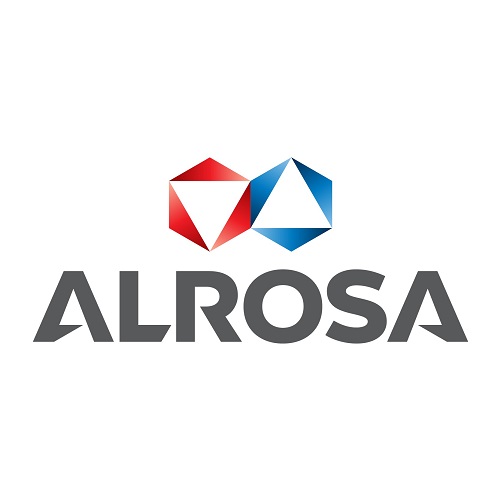
The Natural Diamond Council (NDC) is facing a massive budget cut in 2023 unless the industry steps in to compensate for the loss of Alrosa’s financial contribution, CEO David Kellie told Rapaport News.
“We’ve probably been impacted more than anybody [by sanctions against Russian diamonds] in as much as Alrosa was almost half of our funding,” Kellie said in an interview on Thursday. “I want people to understand that we are facing this financial shortfall, and it’s up to the industry to figure out whether we want to be successful or not.”
Following Russia’s invasion of Ukraine and subsequent sanctions placed on Alrosa, in March the miner suspended its membership of the NDC, which is mandated to promote natural diamonds on behalf of the industry. The company also stepped down from the NDC board and notified that it would cease all financial contributions.
Alrosa accounted for 45% of the NDC’s $70 million annual budget. De Beers contributes an equal amount, and the remaining members — Lucara Diamond Corp., Arctic Canadian Diamond Company, Petra Diamonds, Rio Tinto and RZM Murowa — make up the rest. India’s Gem and Jewellery Export Promotion Council (GJEPC) also contributes.
The loss of Alrosa’s estimated $31.5 million will not affect the NDC’s 2022 budget since it receives funding in advance of its spending plans, Kellie noted. Rather, it impacts the group’s plans going into 2023, “leaving us with a significant challenge for next year,” he stressed. “We need to resolve this by October time to have visibility as to what our strategy will be for next year.”
Now in his third year as NDC CEO, Kellie is appealing to others in the industry to support the organization and enable it to build on the strong growth experienced last year. The jewelry sector saw double-digit growth in 2021, exceeding pre-pandemic levels, by most reports. The spike in demand also had a positive ripple effect on the rest of the diamond and jewelry market.
“I think we’ve proven what we’re capable of doing since launching the Natural Diamond Council, and the impact of consumer demand on our industry,” he explained. “The last year and a half has demonstrated that the whole value chain is dependent on consumer demand.”
The NDC launched in mid-2020, rebranding from the Diamond Producers Association (DPA) as the body responsible for category marketing and driving consumer interest in diamonds. It shifted from a reliance on one central advertising campaign toward continuous content creation suitable for all platforms, particularly social media.
Now, after Alrosa has withdrawn its funding, the NDC needs more stakeholders from the industry to fill the void, Kellie pointed out. A fraction of revenue from various points in the supply chain would massively change the ability of the NDC to drive consumer demand, he noted.
The organization is still considering how companies can contribute, as well as the general appeal it is making, which would have to align with its legal structures and bylaws. Currently, funding could be via a voluntary contribution by corporations or through retail partners investing in their locality by using the NDC’s marketing assets — an avenue that has grown over the past two years, Kellie said.
He is calling on the industry to demonstrate leadership to drive consumer demand for diamonds.
“It’s a case of how we are going to keep this incredible industry moving forward,” he stressed. “My view remains that we are half the size that we should be if we look at the industry as part of luxury and not as a commodity. I would love to continue to drive this industry forward and to build it to what I believe it should be.”
The NDC is currently shooting its 2022 campaign, which will be unveiled around September, ahead of the holiday season. Kellie declined to confirm whether actress Ana de Armas had signed as ambassador for natural diamonds for a third year.
Source: Diamonds.net









